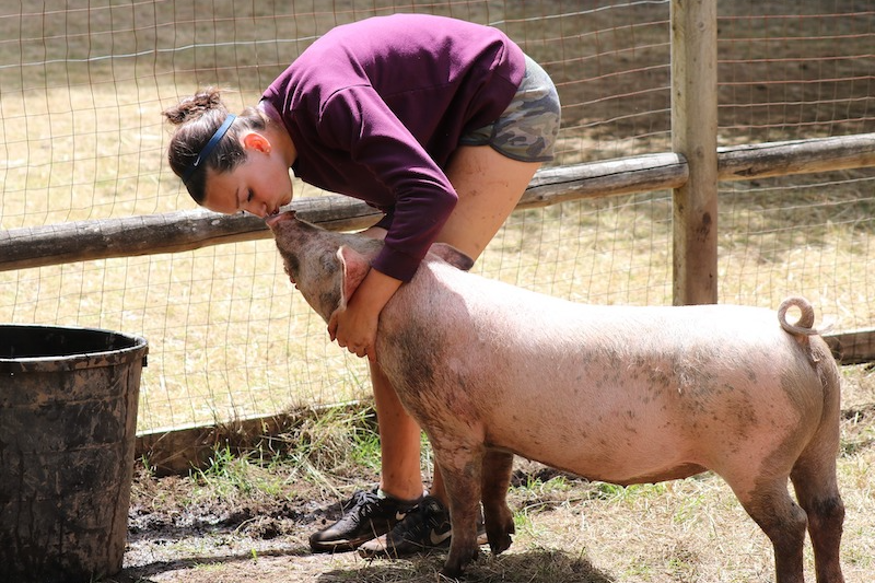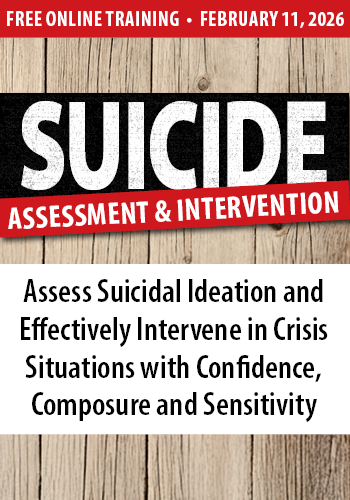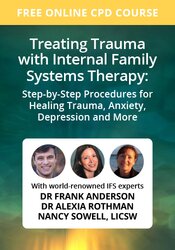Enrol in an online course today for flexible, self-paced learning—no fixed schedule required. Plus, enjoy lifetime access to course materials for convenient revisiting.
Animal-Assisted Psychotherapy: Who, What and Why

I am an integrative psychotherapist who trained in equine-assisted psychotherapy in 2010 in the USA. At that point, training to work as an animal-assisted therapist was only available with horses, whereas now there is recognition that many types of animal can be a therapeutic partner to promote awareness, growth, change and healing in people. In my current work as director of Headsight Services in Gloucestershire, where we have a Therapy Farm, I work with animals including goats, geese, guinea pigs, chickens, dogs, cats – and even a therapy pig, Colin (who has his own Instagram account @colinthepig).
The following conversation, which I had with a child last week, is typical of how an animal-assisted therapy session might play out:
“Do you think the new guinea pig will be sad?” asked my 10-year-old client, when a rescue guinea pig joined my already established group of four girls. “I’m not sure”, I said. “What do you think?”
“I think she will be really sad,” replied my client, “because she has been moved without wanting to and she is leaving all her other friends behind and they may not know where she has gone.”
“Hmmm,” I said, “sounds like you might know a bit about what that is like. Shall we talk to her about it? Maybe you will be able to give her some advice to help her settle in.”
Clients often project on to animals. This provides insight into their beliefs, thoughts and feelings, allowing the therapist to begin safely exploring the topic through the lens of the imagined experience of the animal.
This can be especially supportive for children, young people and adults who like/love animals – which is kind of a necessity for it to be effective – as they actively look forward to the sessions without feeling pathologised.
What can animal-assisted therapy help with?
I have found animal-assisted therapy to be particularly effective for clients who experience relational and attachment difficulties, chronic shame, complex trauma, PTSD and eating disorders, as well as those with high levels of anxiety and depression.
In addition, many evidence-based psychotherapeutic approaches can be incorporated into an animal assisted therapy session. I have drawn on mindfulness, work with unconscious processes, Gestalt techniques, CBT, solution-focused practices, EMDR and play therapy activities.
How does it differ to conventional therapy?
In my mind, there are two main differences between an animal-assisted therapy session and a more conventional therapy session. The first is that they are often conducted outside. I believe that this can be incredibly supportive for many people who struggle to be in confined spaces. It can also ease some of the potential power imbalance of a client coming into the therapist’s domain. In a more open space, it is easier for clients to make decisions about proximity, whereas in a therapy room the chairs are usually in a set place, apparently taking away that element of choice. Being outside in nature is healing in its own right; when you add the focus of an animal alongside this, I have found that clients are immediately more relaxed.
The second difference, and the most important, is the healing power of the relationship that the client forms with an animal. I have found that many people initially have greater trust in and feel more comfortable expressing their feelings to a dog, cat, guinea pig, chicken or even a pig than to another human being. Having an animal present in the session can take the pressure off the client feeling that they must talk. This is especially beneficial for clients who’ve experienced significant trauma and struggle to express themselves verbally.
The role of limbic-to-limbic resonance
However, the ‘magic’ that occurs within an animal-assisted therapy session is in the fact that animals are sentient beings who respond to us in authentic, unbiased, non-verbal ways that connect directly to our limbic system. This limbic-to-limbic resonance allows us to feel accepted, seen and no longer alone in the most profound way.
To quote a client of mine speaking about an experience she had with a horse: “It’s as if she saw directly into my soul. She felt my pain because it was her pain too, and I knew that I would be ok because I wasn’t alone.”

















